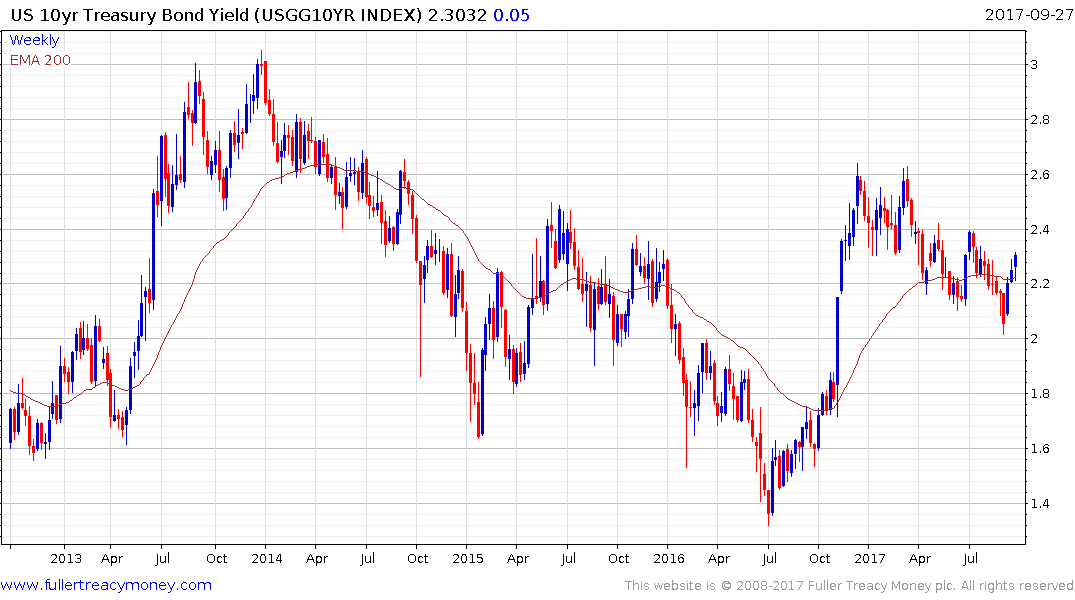Another Look at Why the Return to Capital is Low
Thanks to a subscriber for this highlighting this article by Marc Chandler for Brown Brothers Harriman. Here is a section:
Similarly, a new strategy to deal with the surplus capital, not within our grasp. In the meantime, officials are trying to come up with other ways to absorb the surplus, including changes in the regulatory environment. In some ways, it might be helpful to think about QE itself as an attempt to deal with the surplus capital.
When farmers have a bountiful crop, and the price threatens to fall below the cost of production, governments often invent schemes to buy the crop and warehouse it and let it agricultural produce come to market when at a better (i.e., lucrative) time. In some ways, QE can be understood as a similar strategy: Warehouse the surplus capital. This is not a permanent solution. There is a political push back on the grounds that it blurs monetary and fiscal policy. There is an ideological resistance to the “interference” with market forces. There are economic arguments against the distortion of prices and the mutation of printing signals.
Interest rates are low, not simply because central banks are buying bonds and maintaining large balance sheets by recycling maturing issues. Interest rates are low because there is too much capital. It is a recurring source of the crisis in market economies. We should anticipate that returns to capital will remain low until a new strategy to deal with the surplus is devised and accepted, and the risk is that we are still in denial.
Here is a link to the full article.
This is an interesting take on the condition we see today in the financial markets and is a topic worthy of consideration because it will influence how high interest rates can rise in the current environment.
As the USA embarks on monetary tightening with the UK possibly following at some point in the next 12 months, it is also worth considering that interest rates are falling in a considerable number of emerging markets and spreads are tight or tightening.
Technology led deflationary forces mean we can do more with less which is reflected in the high margins of software companies. Even in the defence sector, the collapsing price of drones, increasing reliance on cyber solutions and automation show the influence of the deflationary effects technology has on all areas of the economy. This supports the view that less capital is required to achieve the same return with the result interest rates are lower.
China’s Belt and Road Initiative, the industrialisation of Africa and exploration of space all represent relatively peaceful outlets for excess capital. War/Revolution is of course the classic solution to this issue. Right now, the Belt and Road program is underway suggesting China is embarking on much the same trajectory for deploying capital that the USA did a century ago with, for example, the Panama Canal. Charts of bond yields will give us a clear window on how these forces are evolving.

US 10-year yields continue to firm from the 2% and are now testing the progression of lower rally highs evident since January. A break above 2.4% would signal a return to supply dominance beyond the short term.


